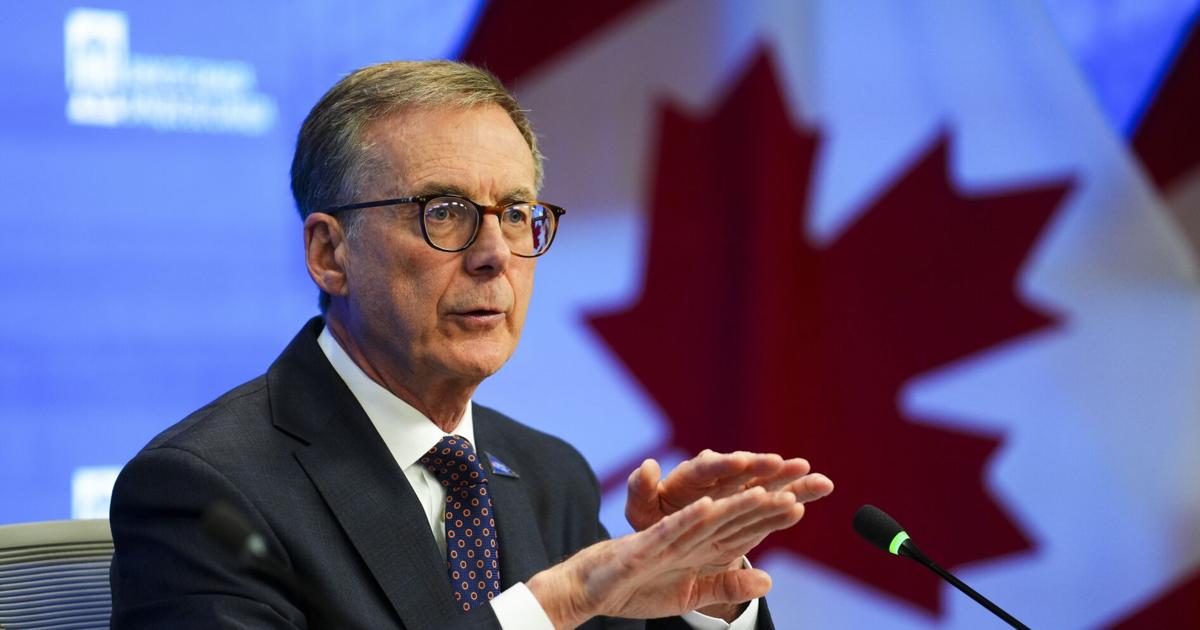In its second-last rate announcement of the year, the Bank of Canada decided on Wednesday to give more support to the economy by lowering its key rate by 25 basis points to 2.25 per cent.
Speaking to reporters following the announcement, Bank of Canada governor Tiff Macklem stressed that U.S. tariffs and trade uncertainty have hurt the Canadian economy.
“Canadian businesses and households are feeling the consequences of increased U.S. protectionism,” he said. “It is difficult, and ongoing uncertainty is compounding the difficulty.”
The impacts of tariffs on the economy are clearer now than they were a few months ago. Gross domestic product (GDP) contracted 1.6 per cent in the second quarter, while the labour market is getting weaker with hiring freezes and layoffs.
The unemployment rate is currently sitting at 7.1 per cent, its highest level since 2016 outside the COVID-19 pandemic.
Macklem suggested that, assuming economic growth and inflation evolve as the bank forecasted, policymakers are not considering further cuts for now.
“Governing council sees the current policy rate at about the right level to keep inflation close to two per cent while helping the economy through this period of structural adjustment,” he said.
By “structural adjustment,” he means that U.S. tariffs automatically hurt Canada’s economic prosperity by adding costs and forcing us to look for other trading partners.
Macklem emphasized that the central bank already lowered its key rate by 50 basis points over the last two announcements and by 100 basis points since the start of the year.
“Our job is never done. The economy is always evolving,” he said. “If the outlook changes materially, we’re prepared to respond.”
Stephen Brown, economist at Capital Economics, saw the comments by Macklem as a “sure sign” that the bank will keep interest rates unchanged at its next meeting on Dec. 10.
“We still think the bank will eventually be forced to cut interest rates by a further 50 basis points later next year,” he wrote in a note to clients on Wednesday.
The Bank of Canada is expecting GDP will grow by just 1.2 per cent this year, followed by 1.1 per cent in 2026.
Asked whether central bankers still expect Canada will avoid a recession this year, the governor said it is possible the economy could see two consecutive quarters of negative growth — the definition of a technical recession.
“What we’re not forecasting is a sharp downdraft in the Canadian economy with a big rise in the unemployment rate, which is what is typical of recessions,” he said.
Macklem also said that while inflation is “slightly higher” than expected, policymakers believe inflationary pressures will come down in the months ahead.
Next Tuesday, federal Finance Minister François-Philippe Champagne will table the budget. The feds are expected to deliver a significant amount of fiscal stimulus to the economy, which is supposed to help growth but could trigger inflation.
“PM Carney is expected to chart out a vision for the economy to offset some of the structural change the (Bank of Canada) is unable to address,” Andrew Hencic, economist at TD Bank, wrote in a note to clients.
“The structure and timing of potential outlays could materially affect the medium-term outlook for the economy, and the bank’s decision-making.”



